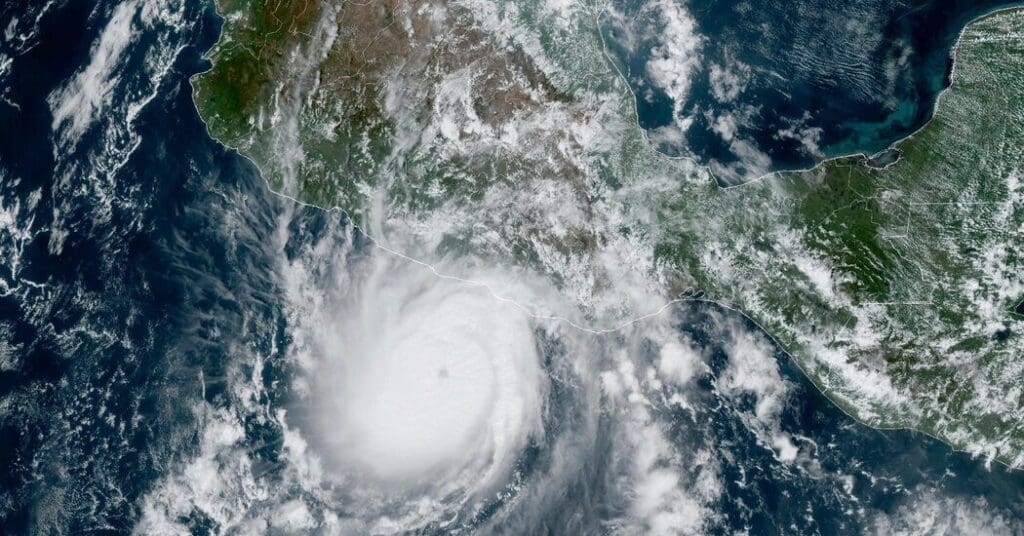
Title: Florida Struck by Twin Tornadoes: A Tale of Nature’s Fury
Florida, known for its stunning beaches and tropical climate, recently experienced a stark reminder of nature’s unpredictability. Twin tornadoes swept across parts of the state, leaving a trail of destruction in their wake. While Florida recovers from the aftermath, there’s also a forecast of unusually windy conditions across the North Sea. Let’s delve into these weather events and understand their implications.
Twin Tornadoes in Florida:
Last Thursday, the tranquil regions of Crystal River and Clearwater in Florida were rattled by the forces of nature. Two tornadoes tore through these areas, causing extensive damage to numerous homes and businesses. The impact was severe, with trees uprooted, power lines toppled, and walls and roofs torn from buildings.
The US National Weather Service classified these tornadoes as EF-2 on the Enhanced Fujita scale. This scale measures tornadoes based on the wind gusts recorded over a 3-second period. An EF-0 tornado, the lowest classification, features wind gusts of 65-80mph, while an EF-5 tornado, the highest, exhibits wind gusts exceeding a staggering 200mph. The Florida tornadoes produced wind gusts of 115mph and 125mph, putting them in the EF-2 category. Fortunately, the silver lining in this weather calamity was that no injuries were reported.
Upcoming Windy Conditions in the North Sea:
While Florida grapples with the aftermath of twin tornadoes, weather experts are also keeping an eye on another weather event that’s set to unfold across the North Sea later this week. Unusually windy conditions are expected as low-pressure systems make their way from France, through the Channel, and toward the UK and Ireland.
By Thursday and Friday, wind gusts of 70-80mph are anticipated in the North Sea, bringing not only strong winds but also the potential for large waves and disruptions. Wave heights could reach more than 7 meters between Norway and Scotland. In addition to the North Sea, eastern Scotland and many eastern counties of England are likely to experience strong winds, with an increased risk of damage to trees.
What’s intriguing about this forecast is that the prevailing wind direction will be from the east to the south-east, in contrast to the usual south-westerly direction that characterizes north-west Europe.
The reason behind this atmospheric upheaval lies in a blocking area of high pressure positioned across Scandinavia. This high-pressure system is creating a barrier that impedes the eastward progress of low-pressure systems moving in from the Atlantic. As a result, these low-pressure systems are stalling over the UK and Ireland, leading to the development of a strong east to south-easterly atmospheric flow.
In conclusion, Florida’s encounter with twin tornadoes serves as a stark reminder of nature’s power and unpredictability. As the state rebuilds, it’s crucial to acknowledge the growing risks associated with extreme weather events. Simultaneously, the impending windy conditions in the North Sea are a testament to the ever-evolving nature of our planet’s climate patterns. It’s a reminder that preparedness and understanding the potential impacts of such events are key to safeguarding lives and property.
Leave a Reply